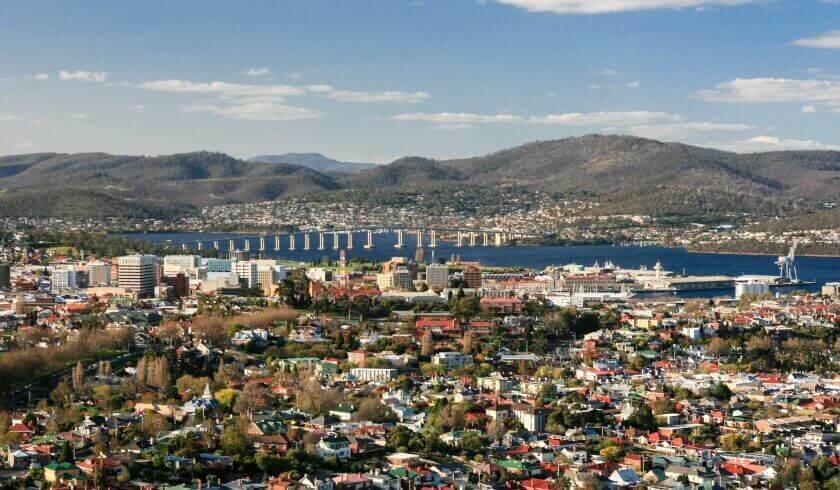Vacancy rates hold steady
Vacancy rates have come to a standstill in some areas, remaining at 2.2 per cent nationwide.

Research by Domain economist Trent Wiltsire said that while each capital city rental market has been affected differently by the COVID-19 crisis, the national vacancy rate held steady in June, stabilising after an 80 basis point rise in April.
“Some states have decided to open up borders, and economic activity is returning to somewhat normality; however, Victoria faces a second wave of coronavirus transmissions,” Mr Wiltshire said.
“Vacancy rates were broadly steady in Melbourne, Sydney and Brisbane, while Hobart, Perth and Darwin saw the biggest falls.
“Sydney’s vacancy rate remained at 3.6 per cent but remains 50 basis points higher than one year ago and 90 basis points higher than March. There were an estimated 22,665 vacant rentals at the end of June, a rise of 133 from a month ago.”
Mr Wiltshire noted Melbourne’s vacancy rate has risen for the fourth consecutive month, increasing 10 basis points to 3 per cent.
“This was due to an additional 852 properties becoming vacant over the month. Melbourne’s vacancy rate rose 130 basis points over the year and is almost double where it was pre-COVID-19 pandemic,” he said.
“In Brisbane, the vacancy rate held steady at 2.4 per cent and is up slightly over the year. There were 100 fewer vacant properties entering the market from a month ago.”
Meanwhile, Hobart has “reclaimed the title of the tightest rental market”, with the vacancy rate falling to 0.9 per cent, Mr Wiltshire shared. This marks 30 basis points lower than May and 50 basis points lower since April.
“While Hobart’s rental market has tightened over the past couple of months, the vacancy rate is 50 basis points higher than one year ago.”
Perth’s vacancy rate continued downwards over June, falling 30 basis points to 1.5 per cent. This is 160 basis points lower than one year ago.
“Adelaide is now Australia’s second-tightest rental market, even though vacancy rates fell 10 basis points to 1 per cent, 10 basis points lower year-on-year,” Mr Wiltshire added.
“Canberra’s vacancy rate fell by 20 basis points to 1.1 per cent in May – matching the fall year-on-year.
“In Darwin, the vacancy rate fell 60 basis points to 2.2 per cent and is 130 basis points lower than a year ago.”
